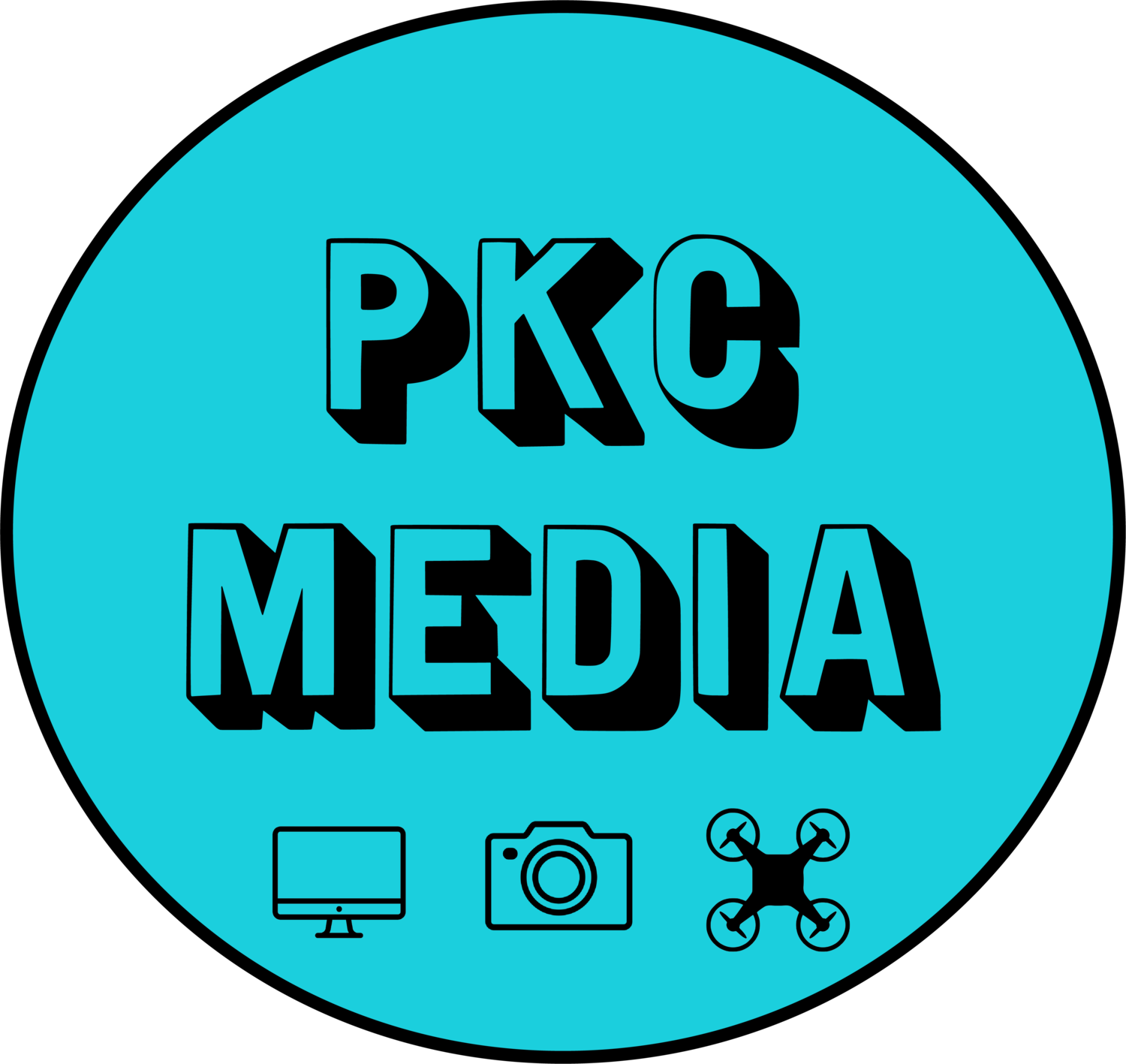Why Shooting Both Vertical & Landscape Matters More Than Ever in Marine Media
Cropping later can work — but planning for both vertical and landscape from the start will always give you better results.
In the marine world — where moments happen fast, conditions change in seconds, and often you only get one chance at a shot — being able to shoot effectively in both formats is becoming not just useful, but essential.
It All Comes Back to the Brief
The reality of modern content creation is that clients want more from less. One person. One camera. Covering photo and video. Shooting for social, web, print — all at once.
In the marine space, that challenge only gets tougher. Tight working areas, moving boats, unpredictable conditions — this isn’t a studio shoot. You don’t get to reset and go again.
That’s why nailing the brief from the start matters more than ever.
Is this campaign social-first? Instagram Reels? A website hero image? A product launch deck?
Get clarity early — and shoot with purpose.
Can You Just Shoot Wide and Crop?
Sometimes, yes — and it’s a useful tool to have.
But it’s not a catch-all solution. Cropped content often looks like exactly that — cropped. Composition suffers, resolution drops, and the image loses some of its intention.
When you know the content is social-first, or vertical video-led — be brave enough to shoot that way.
Gear Setup Matters
If you’re a one-person content team — like many of us often are — your setup needs to work for you, not against you.
→ Invest in camera cages that make switching orientations quick.
→ Use handles and grips that feel natural in vertical shooting.
→ Look at hybrid setups — like mounting a DJI Pocket camera to your DSLR for quick vertical video capture alongside landscape photography.
Technology is moving fast — but so is the world you’re shooting in. It pays to stay on top of the tools that make capturing both formats easier.
Final Thought: Be Brave With the Brief
Good content doesn’t happen by accident.
Be brave enough to ask for clarity in the brief. Be bold enough to shoot for the format you actually need. And be smart enough to set yourself up with gear that lets you adapt when the conditions (or the client) throw something new your way.
In marine content creation, versatility isn’t just a bonus — it’s the baseline.


